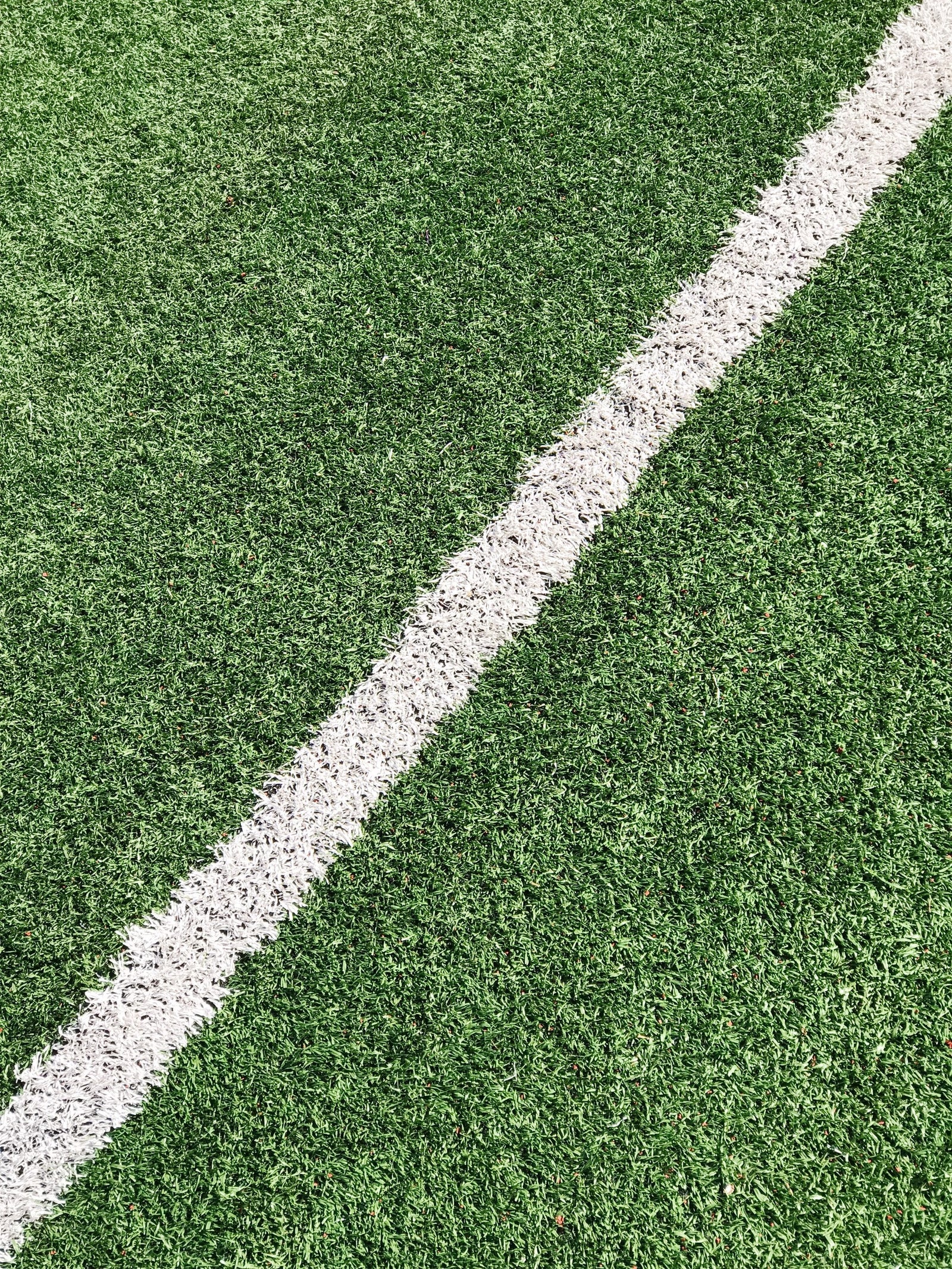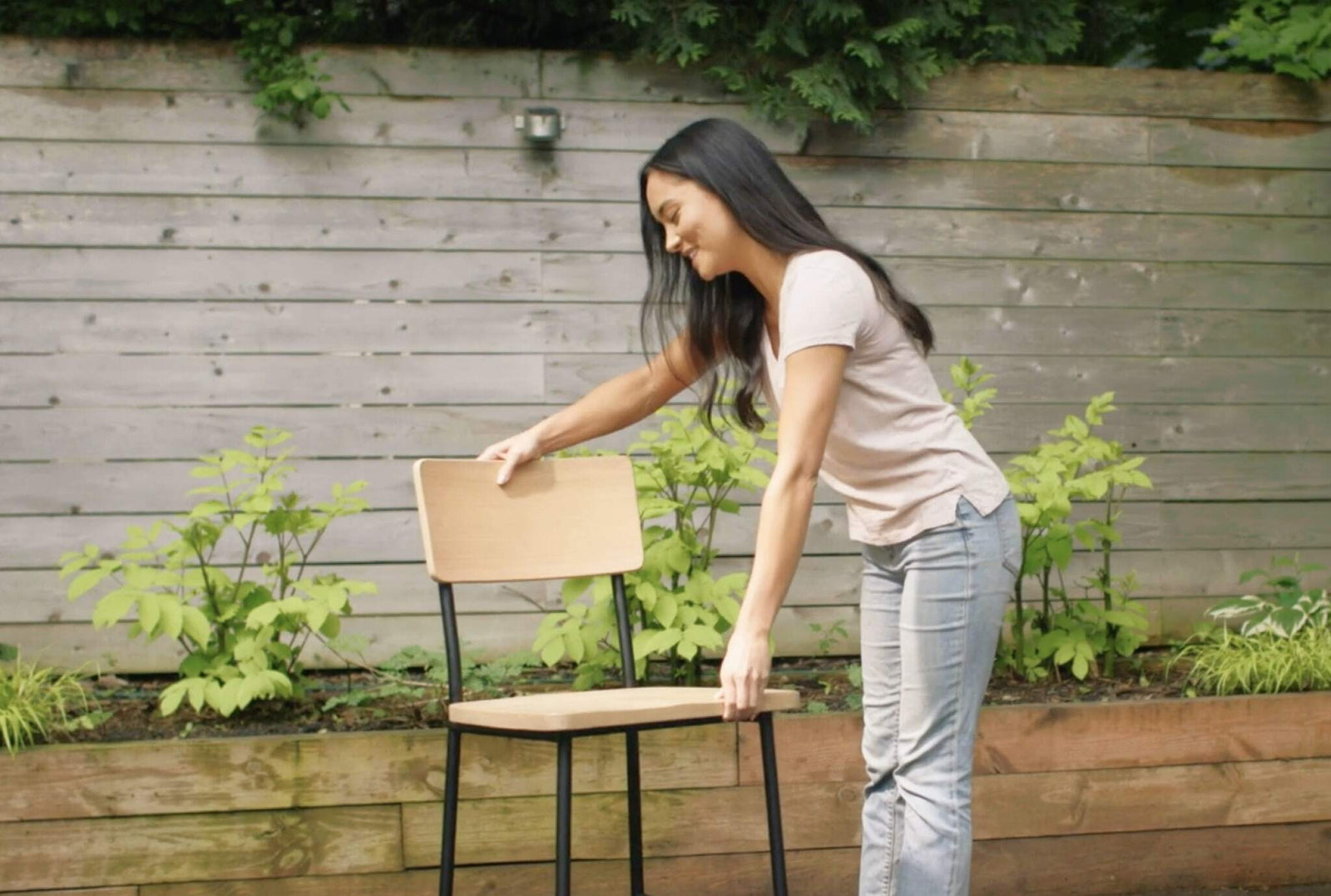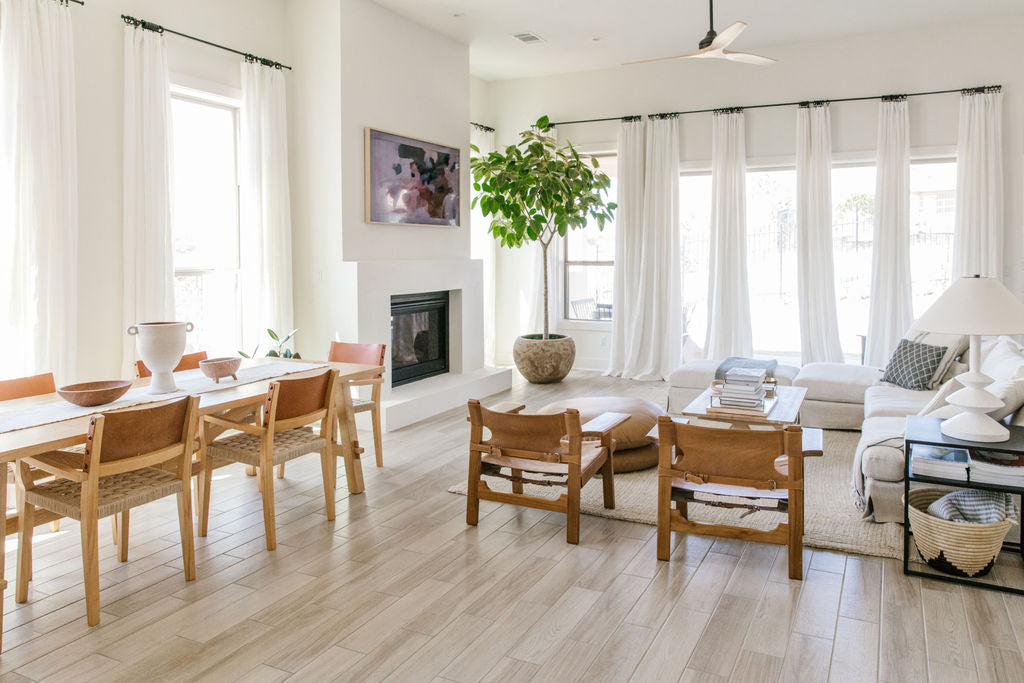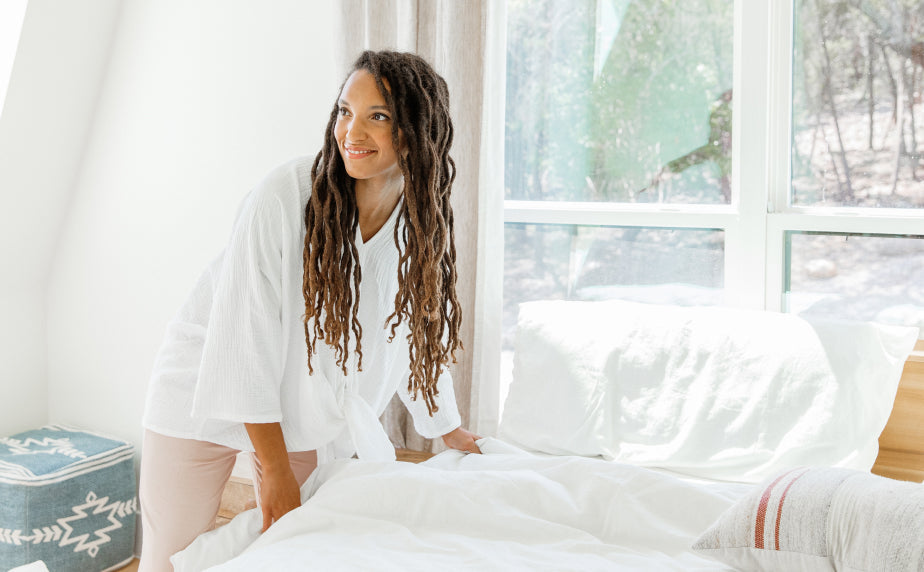The Dangers of Artificial Turf

With fall around the corner and the weather cooling off (at least everywhere but Texas!), we still find a huge urge to be outdoors. Whether it's grilling, after dinner walks, picnics in the park, we try to find time to get outside.
While we have so much control over our indoor home environments, many times it’s more difficult to have that same control over the outdoor environments where we run and play.
Spending time outside is crucial for our overall health, yet some modern “improvements” to our green spaces are causing harm for the sake of convenience.
The Dangers of Artificial Turf
Since the 1990’s thousands of playgrounds and community soccer fields have opted to pull out grass and replace it with artificial turf. Synthetic or artificial turf is a surface of man-made fibers and other components made to look like natural grass.
Municipalities started replacing grass with turf because it requires less maintenance, does not need to be watered or sprayed, and is more durable than grass. However, despite its benefits the materials of which turf is made are potentially toxic. Here’s why:
- The, “grass” blades are made of plastic.
- The fill they put around the blades to resemble dirt is ground-up tires.
- The backing that creates the sheets that are laid on the ground to create the field is made of plastic and adhesive chemicals.
Rubber mulch (made of ground-up tires) became popular because it was thought to be softer and safer for kids to fall into. However, there is concern this mulch is exposing children to the toxic, cancer causing chemicals that are in tires 2(and if you’ve ever smelled this stuff radiating off a playground on a hot day, you’d understand the concern).
Plus, there is very little evidence to show it absorbs the impact of a fall better than natural wood mulch.
Because of the chemicals used in the creation of the turf and rubber mulch, and concerns expressed from observant parents, coaches, and county officials there are finally studies being done to investigate the adverse health effects of these materials3 The CDC, EPA and the CPSC retracted assurances that turf is safe because of the high levels of lead found in the artificial grass. 4
We want you to play in a non-toxic environment both inside and out so we recommend finding real grass on which to play. However, if you cannot find a natural park, we recommend following the Consumer Product Safety Commission (CPSC) precautions to minimize exposure to the toxins in turf. In addition to the CPSC’s tips, we highly recommend showering directly after, treating any cuts or scrapes, and removing shoes before entering your home to prevent bringing the rubber inside.
Nature Is Our Friend
Until the 1990’s parks used grass for ball fields and wood mulch under swing sets. Grass is natural, easy to grow, non-toxic, and belongs on the ground. Grass has no potential adverse health effects, and the only downside of playing on grass is grass stains (unless the park sprays harmful pesticides and herbicides, but that’s a topic for another day).
As opposed to rubber mulch, wood mulch is a 100% all natural and sustainable product that helps build up the soil as it decomposes and is totally non-toxic.
Back in the 1970s and 1980s, there was concern about wood mulch containing a toxic arsenic-based wood preservative. Thankfully, that preservative is banned and is no longer used. Today, wood mulch used in playgrounds must meet the following requirements:
- Is untreated and splinter-free.
- International Play Equipment Manufacturer Association (IPEMA) certified.
- American Society for Testing and Materials (ASTM) tested.
- American Disabilities Act (ADA) compliant.
- Consumer Product Safety Council (CPSC) recommended.
Advocate For A Natural Playground
Playing outside in a natural environment has been shown to improve physical, mental, and cognitive abilities in kids and overall health in adults5 6. But artificial turf creates a toxic barrier between you and the earth.
If you live in an area where parks and fields are made of turf and rubber, make some calls to ask your community Parks and Recreation Department to replace turf fields with grass and use wood mulch instead of tire mulch under swing sets and climbing structures.
If your elected officials push back about the higher maintenance issues tell them:
- To seed Buffalo grass. It is tough and drought resistant.
- That wood mulch is cheaper than rubber mulch.
Make the call and convey that your community deserves to play in a safe, natural environment where they can touch the ground, feel dirt in their hands and lay and jump on the earth instead of on a barrier of plastic and rubber.
Dig A Healthy Outdoor Environment
Knowing what’s under your feet and in between your fingers and taking some precautions along the way will help keep you safe and healthy year round.
Plant grass instead of laying rubber in your own backyard and encourage your community and community leaders to create healthy shared spaces.
Dig in and have fun!
Categories

Allison Evans
Allison has dedicated herself to helping others reap the benefits of clean living. She, along with her husband and two daughters left Houston for the country life as she heals from a recent mold exposure and diagnosis of chronic Lyme disease. Follow her story on our Instagram and read more about her Journey to Fertility.








